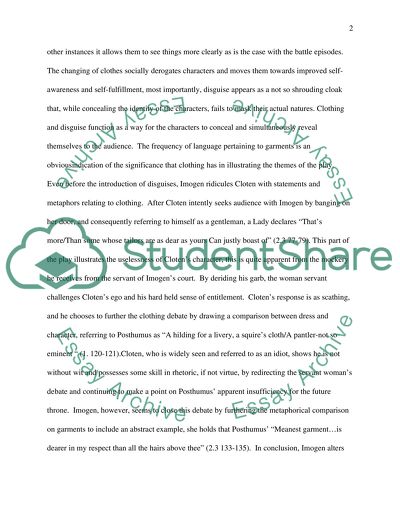Cite this document
(“The Theme of Clothing in Shakespeare's Cymbeline Essay”, n.d.)
Retrieved de https://studentshare.org/english/1451419-disguise-and-the-symbolism-of-clothing-in
Retrieved de https://studentshare.org/english/1451419-disguise-and-the-symbolism-of-clothing-in
(The Theme of Clothing in Shakespeare'S Cymbeline Essay)
https://studentshare.org/english/1451419-disguise-and-the-symbolism-of-clothing-in.
https://studentshare.org/english/1451419-disguise-and-the-symbolism-of-clothing-in.
“The Theme of Clothing in Shakespeare'S Cymbeline Essay”, n.d. https://studentshare.org/english/1451419-disguise-and-the-symbolism-of-clothing-in.


